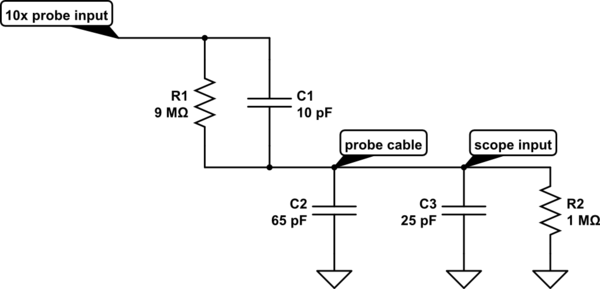We have connected an oscilloscope and a function generator using a connector plate. We have terminated the signal connections from the oscilloscope & the function generator to the connector plate using a 50 ohm BNC to BNC cable.
The issue is if we connect a 1Mohm 10x probe to the connector plate the signal is not shown correctly. It is attenuated. I have kept the scope impedance to 1Mohm. If I connect the 1Mohm probe directly to the scope (bypassing the connector plate) then the signal is shown correctly.
Here I feel the issue is that the scope is connected to the connector plate using a 50 ohm cable and on the connector plate, we are connecting a 1Mohm probe (using BNC female to female connector) so this overall cable impedance is creating the issue.
Can anyone please help me on how to get the actual signal when we interface the 1Mohm probe using connector plate? Will a cable termination using a T connector help?




